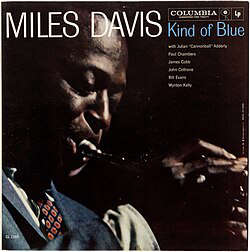
Miles Davis's revolutionary 1959 album Kind of Blue used a modal approach to create a masterpiece of jazz, featuring an all-star lineup and influencing countless musicians across genres.
On August 17, 1959, Miles Davis, an artist already at the forefront of the jazz world, released a work that would not only define his career but would fundamentally alter the trajectory of modern music. Kind of Blue, an album featuring compositions that have become standards, such as "So What" and "All Blues," is widely considered the greatest jazz album ever recorded. Its influence reverberates far beyond the genre, a testament to Davis's profound and unyielding artistic vision.
What made this album a masterpiece was its departure from the prevailing bebop style, which relied on complex, rapid chord changes. Davis, ever the innovator, turned to a different framework: modality. He composed pieces based on scales, or modes, rather than intricate chord progressions. This liberated his musicians, allowing for extended improvisations that prioritized melodic and lyrical exploration over technical acrobatics. The result was a sound of remarkable spaciousness and tranquility, a meditative quality that remains captivating today.
To realize this ambitious concept, Davis assembled an all-star sextet. The rhythm section of Paul Chambers on bass and Jimmy Cobb on drums provided a steady, swinging foundation. On saxophone, the legendary John Coltrane and Cannonball Adderley offered stunning contrasts—Coltrane's powerful, exploratory "sheets of sound" balanced by Adderley's soulful, blues-inflected lyricism. The presence of pianist Bill Evans, whose delicate and impressionistic touch was crucial to the album's sound, further underscores Davis's brilliance as a bandleader. The spontaneity of the recording sessions, where the musicians were given only skeletal outlines just before recording, imbued the final product with an almost ethereal sense of discovery.
Miles Davis: A Chronology of Innovation and Influence
The release of Kind of Blue was a huge milestone for Miles Davis, but it was just one part of a career marked by constant change. For five decades, Davis was a true innovator, always staying ahead of musical trends and reshaping the jazz world.
Birth of a Legend (1940s-1950s): He began in the 1940s playing with bebop legends like Charlie Parker and Dizzy Gillespie. However, Davis soon went his own way, leading a group that started the cool jazz movement. This new style was known for its more relaxed, arranged sound, and the 1957 album, Birth of the Cool, became its most important work. He later formed his celebrated "First Great Quintet," which produced a series of seminal hard bop recordings for Prestige Records, including 'Round About Midnight and Workin', before signing with Columbia.
The Orchestral Collaborations (Late 1950s-Early 1960s): Concurrently with his small-group work, Davis collaborated with arranger Gil Evans on a series of critically acclaimed orchestral albums. These symphonic works, including Milestones (1958), Porgy and Bess (1958), and the Spanish-inspired Sketches of Spain (1960), showcased Davis's trumpet within a rich, large-ensemble context.
The Second Great Quintet (1960s): In the mid-1960s, Davis formed a new quintet with a younger generation of musicians, including pianist Herbie Hancock and saxophonist Wayne Shorter. This group, which recorded albums like E.S.P. (1965) and Miles Smiles (1967), pushed the boundaries of post-bop, an even more abstract and harmonically free form of jazz.
The Electric Era and Jazz Fusion (Late 1960s-1970s): Ever the provocateur, Davis shocked purists by embracing electric instruments and rock influences. His 1969 album In a Silent Way marked the beginning of his electric period, but it was the ground-breaking, multi-platinum album Bitches Brew (1970) that cemented his status as a pioneer of jazz fusion. This controversial but hugely successful work introduced jazz to a new generation of rock and funk fans.
The Comeback and Final Years (1980s-1990s): After a five-year hiatus, Davis returned to music in the 1980s, continuing his exploration of modern sounds. He incorporated electronic beats and pop sensibilities on albums like The Man with the Horn (1981) and the Grammy-winning Tutu (1986), further proving his adaptability and lasting relevance.
The legacy of Miles Davis is not simply in the music he created, but in the path he forged for others. His constant evolution and refusal to be confined to a single style set a precedent for artists across all genres to embrace change and push creative boundaries.
Join Ken Cole each Sunday at 8pm for George's Spaghetti House Jazz on The Bay 88.7FM
Sources
- Wikipedia
- Britannica
- AllMusic
- Jazzfuel
- The Guardian
- Official Miles Davis Website


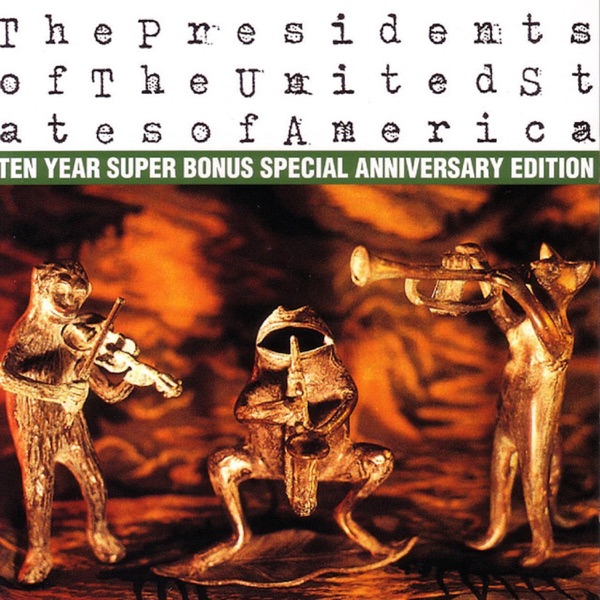
 New Music Monday: Fresh Sounds for Cool Nights
New Music Monday: Fresh Sounds for Cool Nights
 How a Cold, a Coffee Club, and a Quarrel Helped Shape Rock ’n’ Roll History
How a Cold, a Coffee Club, and a Quarrel Helped Shape Rock ’n’ Roll History
 Bitter Sweet Symphony: The Song That Took 20 Years to Pay Its Writer
Bitter Sweet Symphony: The Song That Took 20 Years to Pay Its Writer
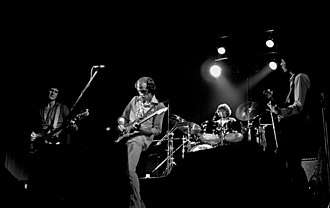 “Sultans of Swing” Still Reigns as a Masterclass in Storytelling and Guitar Work
“Sultans of Swing” Still Reigns as a Masterclass in Storytelling and Guitar Work
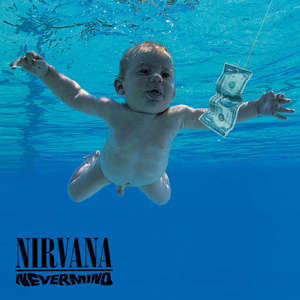 Court Dismisses Renewed Lawsuit Over Nirvana’s Iconic Nevermind Album Cover
Court Dismisses Renewed Lawsuit Over Nirvana’s Iconic Nevermind Album Cover







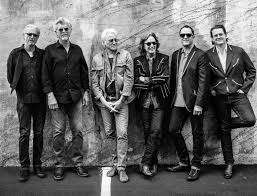

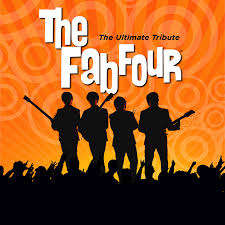
Comments
Add a comment